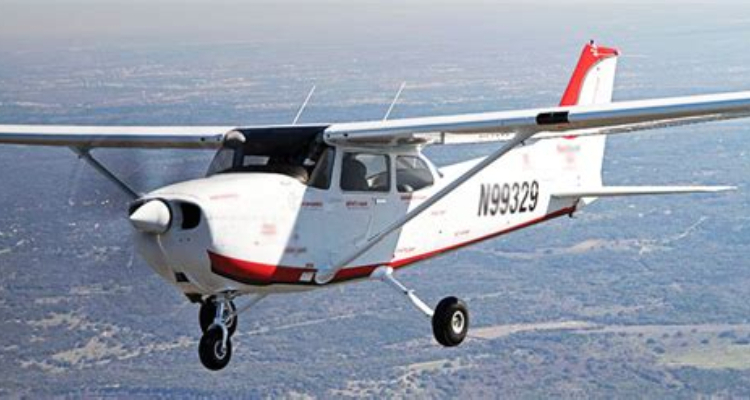
The aviation industry is grounded in safety, and aircraft maintenance plays a vital role in ensuring that high standards are met. Non-Destructive Testing (NDT) is a cornerstone of modern aircraft maintenance, offering precise, efficient, and reliable evaluation of the structural integrity of an aircraft without causing damage. This article aims to explore the pivotal role that NDT plays in the complex world of aircraft upkeep.
What is Non-Destructive Testing?
Non-Destructive Testing encompasses a range of techniques used to evaluate the properties or conditions of materials, components, or assemblies without causing damage. NDT is crucial because it allows for timely detection of flaws that could, if ignored, lead to catastrophic failure.
Types of NDT Methods in Aircraft Maintenance
Radiographic Testing
This technique uses X-rays or gamma rays to inspect internal structures. It's highly effective in identifying hidden flaws in metal components.
Ultrasonic Testing
High-frequency sound waves are used to detect defects or measure material thickness. This method is commonly applied to composite materials used in modern aircraft.
Eddy Current Testing
Ideal for detecting cracks in metal surfaces, this method employs electromagnetic fields to identify defects.
Magnetic Particle Inspection
This technique is often used for engine parts and involves magnetising a component and applying iron particles to reveal cracks.
Advantages of NDT in Aircraft Maintenance
Safety Enhancement
Early detection of issues can prevent accidents, making NDT an essential tool in aviation safety protocols.
Cost-Efficiency
Since NDT does not damage the components being tested, it saves money in the long run by reducing the need for replacements.
Time-Saving
NDT techniques are usually faster than their destructive counterparts, ensuring quicker turnarounds for aircraft inspections.
Frequently Asked Questions
What is Non-Destructive Testing (NDT)?
Non-Destructive Testing involves techniques used for evaluating the integrity of materials, components, or systems without causing any harm to them.
Why is NDT essential in aircraft maintenance?
NDT is critical for detecting flaws or defects that could lead to mechanical failures, thus enhancing the overall safety and integrity of the aircraft.
What are the most common NDT methods used in aviation?
The most common methods include Radiographic Testing, Ultrasonic Testing, Eddy Current Testing, and Magnetic Particle Inspection.
Conclusion
Non-Destructive Testing is not just an optional extra in aircraft maintenance; it's an imperative. Its ability to swiftly and accurately identify potential problems is invaluable in an industry where safety can never be compromised.
